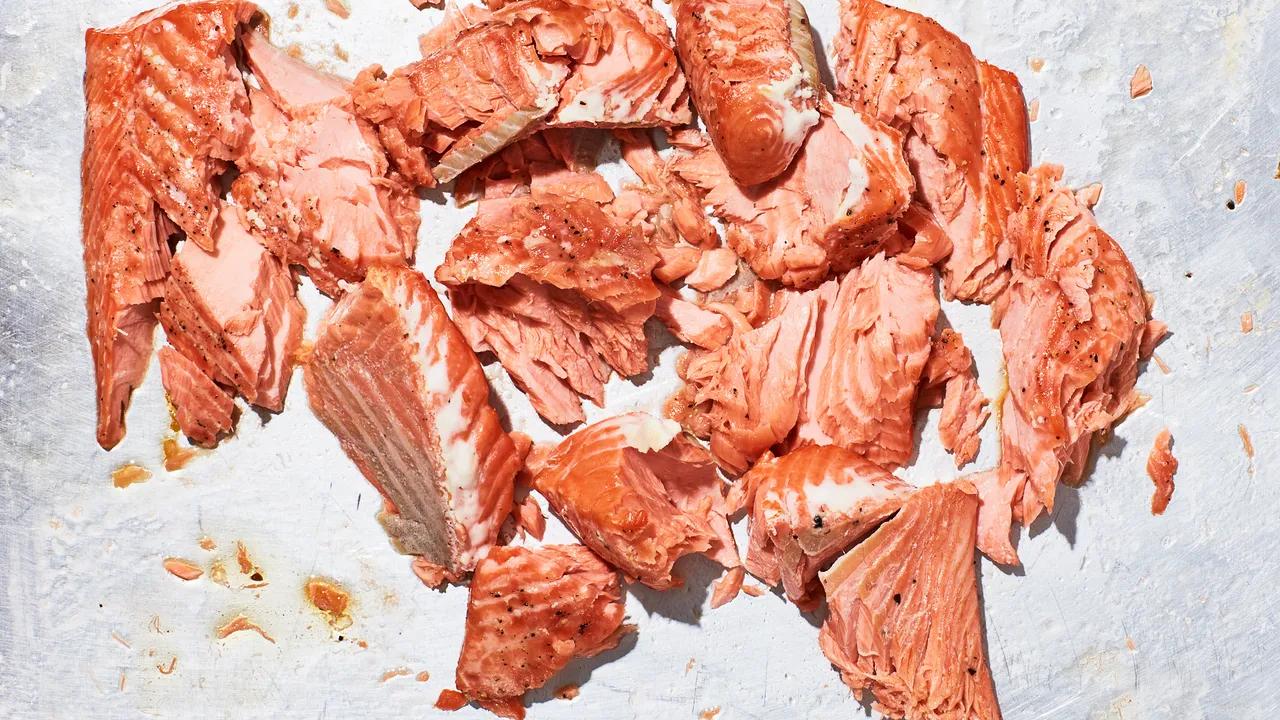When it comes to cooking salmon, you may have noticed a strange phenomenon - the appearance of a slimy, white substance on the surface of the fillet. This substance is known as albumin. In this article, we will explore the reasons behind the presence of albumin and why its quantity may vary.
What is Albumin?
Albumin is a protein that naturally exists in liquid form within the fish when it is raw. However, when the salmon is exposed to heat during the cooking process, the albumin coagulates and becomes semi-solid. As a result, it appears as a slimy, white substance on the surface of the cooked salmon.
This transformation of albumin from liquid to semi-solid state is a fascinating scientific process. The heat causes the proteins to denature and bond together, creating the coagulated albumin that is visible on the cooked salmon.
Why Does the Amount of Albumin Vary?
The quantity of albumin that appears on a salmon fillet can differ from one cooking instance to another. This discrepancy is not related to the type of salmon being cooked, but rather the cooking method itself.
When salmon cooks, its flesh contracts due to the heat. This contraction causes the albumin to be squeezed out and come to the surface of the fillet. Therefore, the more aggressively the salmon is cooked, the more albumin becomes visible.
Imagine wringing out a wet towel - as you squeeze the fibers closer together, the water inside is pushed out. The same principle applies to salmon. The higher the cooking heat, the more quickly the flesh contracts, resulting in a greater amount of albumin being pushed out to the surface of the fillet.
What is the color code for smoked salmon?
There is no specific color code for smoked salmon. The term smoked salmon color generally refers to a shade of pinkish-orange, similar to the color of cooked salmon. This color can vary depending on the smoking process and the type of salmon being used.
Why is my smoked salmon white?
If your smoked salmon appears white, it is likely due to the presence of albumin. As mentioned earlier, albumin is a protein that coagulates and becomes semi-solid when exposed to heat. The white appearance occurs when the albumin is squeezed out of the salmon's flesh during the smoking process.
The presence of albumin and its appearance as a slimy, white substance on the surface of cooked salmon is a natural occurrence. It is caused by the coagulation of proteins due to the heat of cooking. The quantity of albumin can vary depending on the cooking method and heat intensity. Understanding the science behind this phenomenon can help you appreciate the intricacies of cooking salmon and ensure a delicious dining experience.
If you want to know other articles similar to The science behind smoked salmon colour you can visit the Cooking category.


Related Articles